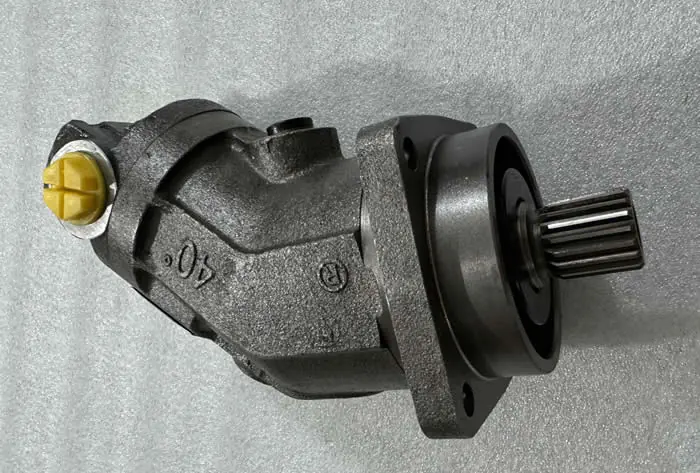Best Practices for Installing a New Hydraulic Pump

A well-installed hydraulic pump ensures efficiency, reliability, and extended lifespan. At Ningbo XingYing Hydraulics Co., Ltd, we specialize in providing high-performance hydraulic components for industrial applications. Here are essential factors to consider when installing a new hydraulic pump.
1. Initial Monitoring Period
During the first three months of operation, it is critical to monitor the Hydraulic System for potential issues. Check for component wear, loose bolts, unusual oil temperature fluctuations, and early-stage oil degradation. Identifying problems early helps maintain system stability.
2. Start Without Load
Before applying a load, allow the pump to operate without pressure for 10 to 30 minutes. This is especially important in cold conditions, as it lets the hydraulic oil circulate properly and stabilizes the system before full operation.
3. Track Oil Temperature Variations
Monitor oil temperature closely to ensure that it remains within safe operating limits. Understanding the relationship between oil temperature and ambient conditions can help assess whether the cooling and oil reservoir capacities are adequate.
4. Listen for Abnormal Noises
hydraulic pumps are highly sensitive to contaminants, trapped air, and overheating. These issues can lead to poor lubrication, excessive wear, and abnormal noises. Identifying unusual sounds early can prevent major system failures.
5. Inspect Instrument Readings
Regularly check pressure gauges, indicator lights, and other monitoring instruments to ensure that the hydraulic circuit is functioning correctly. Fluctuations or inconsistencies could indicate potential problems.
6. Observe Mechanical Performance (For Retrofitted Systems)
If the hydraulic pump has been installed in a modified system, observe its movements under different conditions. Poor hydraulic circuit design or suboptimal component manufacturing can cause unexpected operational issues.
7. Properly Adjust Valves
Ensure correct settings for pressure control valves, flow Control Valves, and directional control valves. Misadjustments can result in system inefficiencies, damage to machinery, and even safety hazards.
8. Maintain the Filtration System
Regularly inspect and clean hydraulic filters. Analyzing contaminants in the filter helps determine the cleanliness of the hydraulic circuit and identify sources of potential contamination.
9. Periodically Analyze Hydraulic Oil
Every one to two months, analyze hydraulic oil for signs of degradation, discoloration, or contamination. Clean hydraulic fluid is essential for optimal pump performance and system longevity.
10. Check for Leaks
After continuous operation, inspect hydraulic pipes and fittings for signs of leakage or looseness. Addressing small leaks promptly prevents larger issues and reduces operational downtime.
11. Identify and Troubleshoot Anomalies
Unusual vibrations, warning signals, and abnormal system behavior should be addressed immediately. Use hydraulic circuit diagrams and structured troubleshooting techniques to diagnose and resolve issues effectively.
Following these guidelines will help ensure a smooth and trouble-free hydraulic pump installation. At Ningbo XingYing Hydraulics Co., Ltd, we provide premium hydraulic solutions tailored to industrial needs. contact us for expert advice and high-quality hydraulic components.
Why Choose XingYing Hydraulic as Your Supplier?
1.Direct from Manufacturer: Benefit from competitive pricing on top-quality hydraulic products, sourced directly from our factory in China.
2.Custom Solutions: Our expertise allows us to tailor hydraulic components to your precise requirements, ensuring optimal performance.
3.Reliable Supply: Count on us as your trusted supplier for consistent quality and timely delivery, backed by our reputation in the industry.